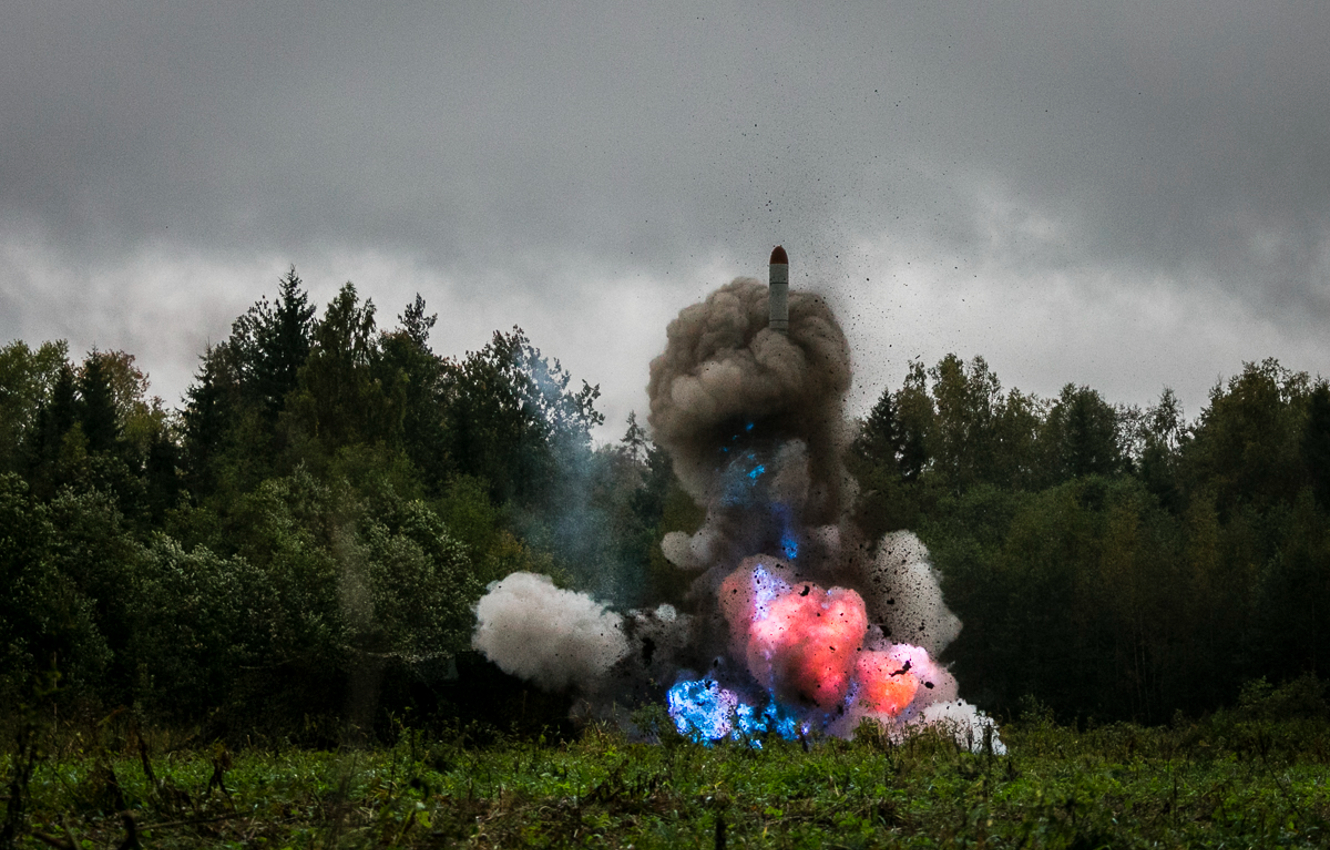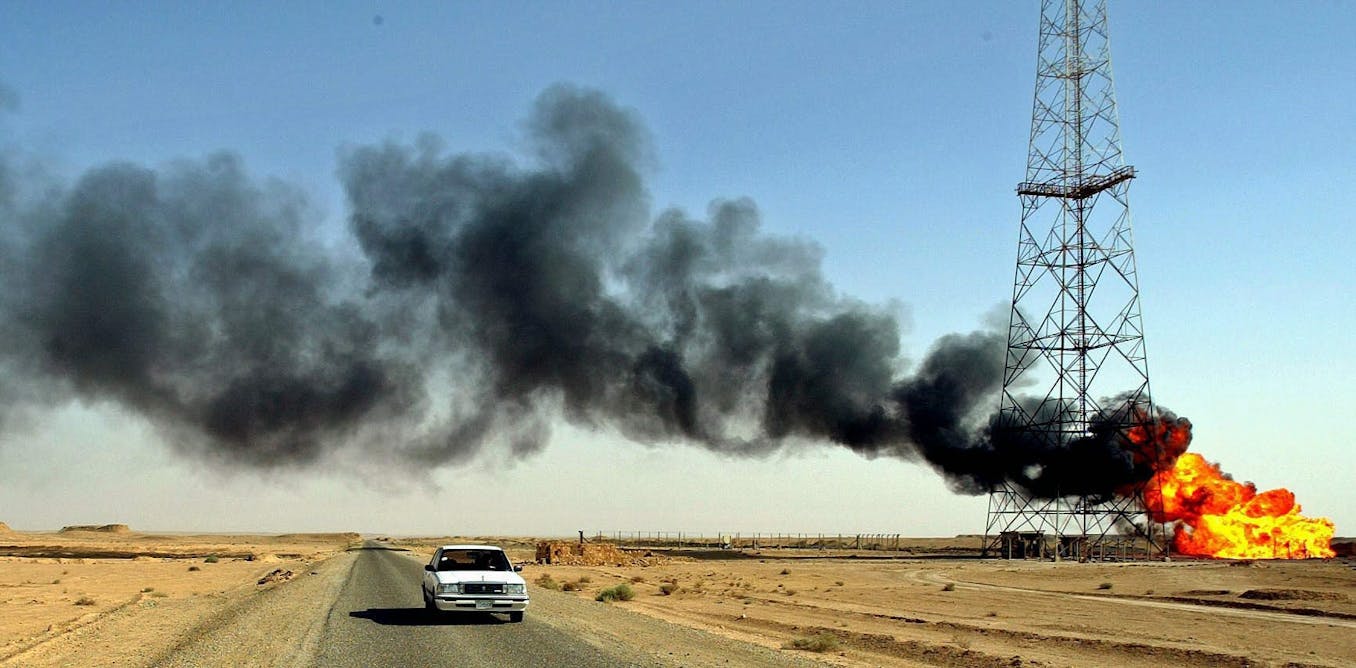Admiral Rockwell Tory
Diamond Member
There are no immediate range missiles in the NATO inventory. Why don't you just STFU about things you obviously know nothing about.Wrong.
This is not perfect, but it will help explain:
{...
In seeking to explain why there are currently 100,000 Russian troops on the Ukrainian border, commentators have invoked everything from the role of NATO expansion in the 1990s to the history of Kievan Rus in the 9th century. But a more recent development deserves discussion as well: America’s withdrawal from the Intermediate-Range Nuclear Forces Treaty in 2019.
...
Russia’s proposal for ending the current crisis stipulates that the United States “not deploy land-based intermediate- and short-range missiles in areas allowing them to reach [Russian territory].”
...
The Fate of the Treaty
The Intermediate-Range Nuclear Forces Treaty was a bilateral agreement between the United States and the Soviet Union, signed in 1987, which eliminated a specific delivery system: surface-to-surface missiles with ranges between 500 and 5,500 kilometers, henceforth referred to as theater-support missiles. Washington withdrew from the treaty in 2019, citing a series of Russian violations while also emphasizing the benefits that the new missiles could provide the United States in Europe and, perhaps more importantly, Asia.
...
Because the U.S. Army had previously established long-range precision fires as its top modernization priority, the associated loosening of missile restrictions created an innovation opportunity for U.S. forces.
....
This missile asymmetry had been a criticism of the treaty for years, likely influencing the U.S. decision to withdraw.
Since the United States withdrew from the treaty, the Army has embarked on numerous projects at varying ranges, including a moderate range increase from its current systems to a 500–600-kilometer range precision strike missile and a more strategically designed 2,700-kilometer range hypersonic missile. Additionally, future long-range strike capabilities have begun to influence emerging U.S. military doctrine, which emphasizes their importance in neutralizing anti-access systems. Overall, while the treaty’s demise may have been controversial internationally, domestically the U.S. military was quick to capitalize on its newfound freedom. Instead of internal debates on the strategic implications of reintroducing these missiles, the public military discourse centered on which service would have employment and development responsibility. This implied that the new missiles’ eventual employment and forward basing were foregone conclusions.
Adding to this perception, U.S. analysis covering the treaty’s demise focused heavily on the benefits of theater-support missiles. In 2019, a Center for Strategic and Budgetary Assessment research team conducted a cost-benefit analysis on deploying these new missiles, arguing that the decision “may contribute to a cost-imposing strategy against China and Russia by pressuring them to invest in expensive defenses and resiliency measures rather than devote those same resources to power-projection capabilities.” The report added that the employment of missiles in Europe and the Pacific could “compensate for the vulnerabilities of U.S. air and naval forces in potential conflicts involving capable opponents such as China and Russia.” European pundits also weighed in on the immediate tactical benefits that conventional missiles could provide to NATO. Christian Mölling and Heinrich Brauß, members of the German Council on Foreign Relations, contended that theater-support missiles “could threaten Moscow’s command facilities and limit Russia’s military ability to act.” Luis Simón, an international security professor at the Vrije Universiteit Brussels, and Alexander Lanoszka, an international relations professor at Waterloo University, made a similar argument, noting that missiles were “likely to become the center of gravity of deterrence and security in Europe in a post-INF and maturing precision-strike context.” I’ve even put forward this argument myself, writing last year that rocket artillery proliferation in Europe can deter Russian aggression in the Baltics.
The Western narrative is straightforward: Theater-support missiles provide the United States and NATO with new capabilities to better deal with a resurgent Russia and a rising China. But this discourse overlooked the strategic implications of employing these missiles, and neglected any potential Russian response.
...}

Why Intermediate-Range Missiles Are a Focal Point in the Ukraine Crisis - War on the Rocks
In seeking to explain why there are currently 100,000 Russian troops on the Ukrainian border, commentators have invoked everything from the role of NATOwarontherocks.com
So the US lied and quit the treaty on false claims of Russian violation, so that they could freely expand on many new types of missiles and ranges, including hypersonic.
We do have the intermediate missiles that could be put into the Ukraine to break MAD.
We have been developing them all along, but mass producing them only in the last 3 years since we withdrew from the limitation treaties.







